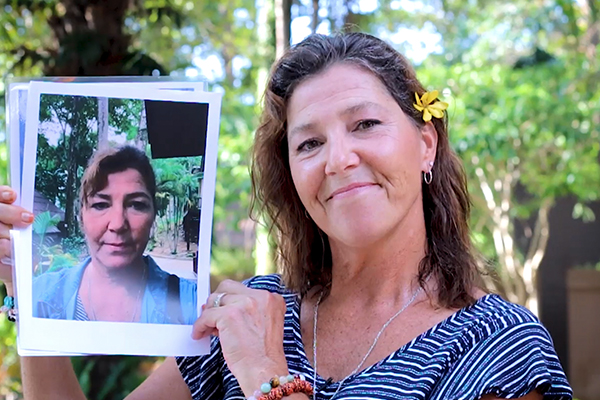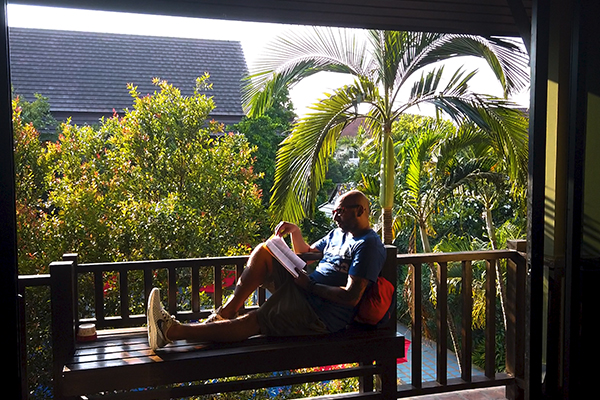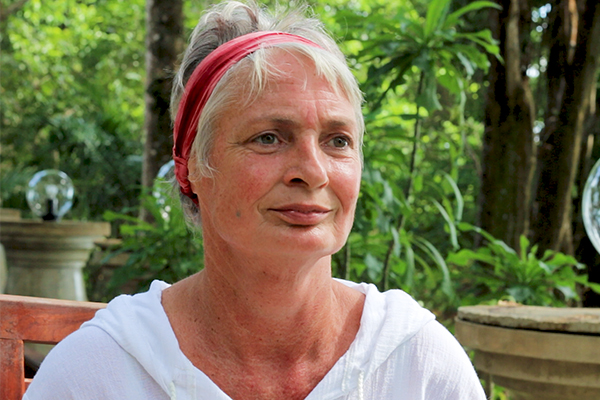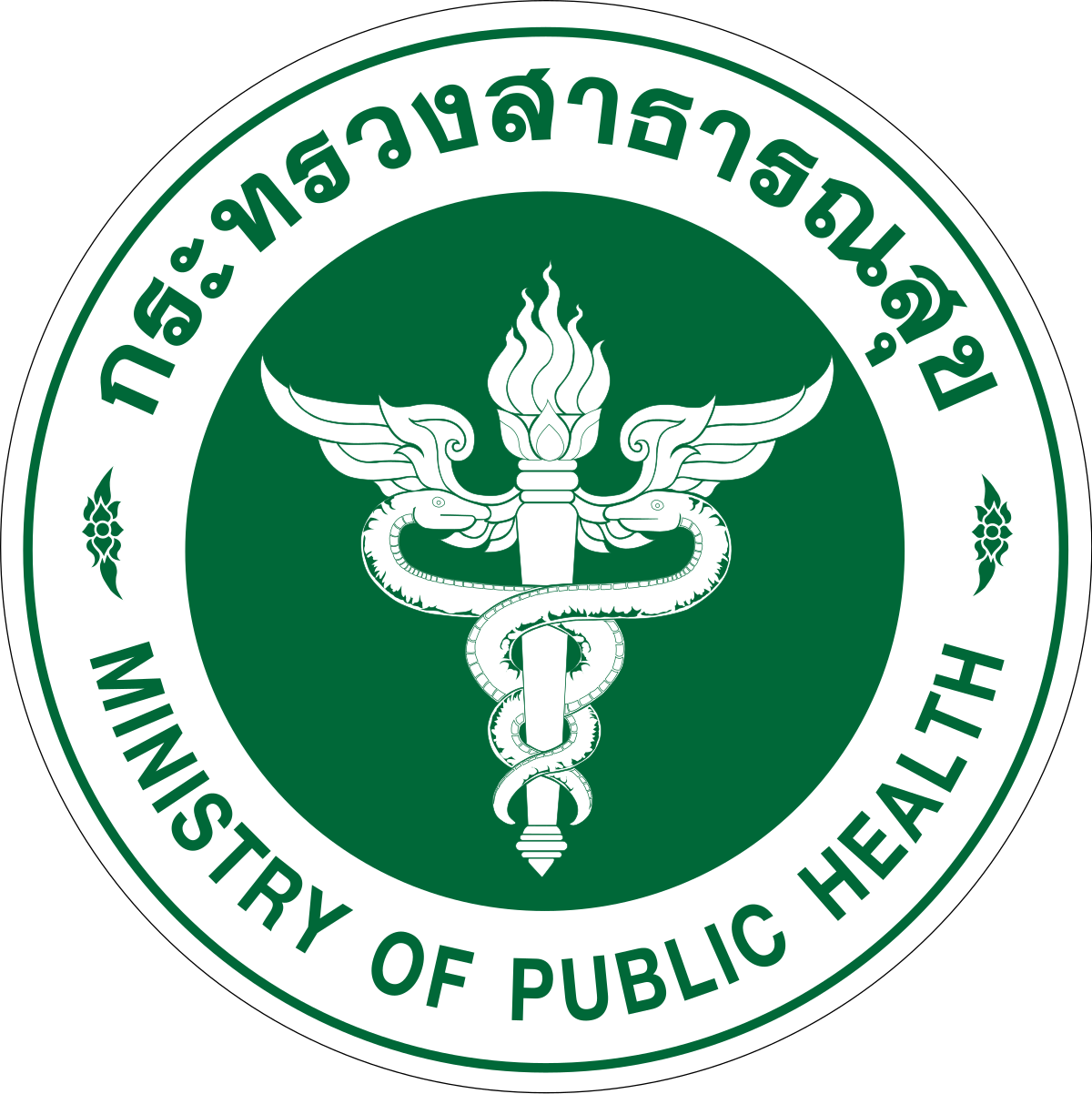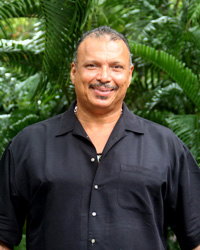 By Roland F. Williams, MA, Licensed Advanced Addiction Counselor (LAADC), Internationally Certified Addictions Counselor (ICADC), Nationally Certified Addiction Counselor Level II (NCAC II), Certified Drug and Alcohol Counselor Level II (CDAC II), Advanced Certified Relapse Prevention Specialist (ACRPS), Nationally Certified Substance Abuse Professional (SAP)
By Roland F. Williams, MA, Licensed Advanced Addiction Counselor (LAADC), Internationally Certified Addictions Counselor (ICADC), Nationally Certified Addiction Counselor Level II (NCAC II), Certified Drug and Alcohol Counselor Level II (CDAC II), Advanced Certified Relapse Prevention Specialist (ACRPS), Nationally Certified Substance Abuse Professional (SAP)
The Danger of Prescription Drugs
In rehabilitation centers all over the world more and more people are being admitted for abusing prescription drugs. At support networks, such as Alcoholics Anonymous and Narcotics Anonymous, relapses from long term recovery as a result of prescription drug abuse are also on the rise. Most concerning, increasing numbers of teenagers are also having problems with prescription drugs. Increases in prescription drug use, abuse and dependence has caused hospitals, doctors and treatment centers to take a long hard look at what it is, what causes it and what addiction professionals need to do to address this problem.
Prescription drug abuse is the intentional use of a medication without a prescription; in a way other than as prescribed; or for the experience or feeling it causes. It is not a new problem, but one that deserves renewed attention due to the addictive potential of many new drugs combined with their increased availability. While prescription drugs can be powerful allies, their abuse poses serious health risks.
In 2010, approximately 7.0 million people (2.7 percent of the U.S. population) were current users of psychotherapeutic drugs taken non-medically (Source: NIDA – National Institute of Drug Abuse). This class of drugs is broadly described as those targeting the central nervous system, including drugs used to treat psychiatric disorders. The medications most commonly abused are:
- Pain Relievers – 5.1 million
- Tranquilizers – 2.2 million
- Stimulants – 1.1 million
- Sedatives – 0.4 million
Every day in the U.S., 2,500 youths (12 to 17 years) abuse a prescription pain reliever for the first time. In 2005, 4.4 million teenagers (12 to 17 years) in the U.S. admitted to taking prescription painkillers, 2.3 million took a prescription stimulant such as Ritalin, and 2.2 million abused over-the-counter drugs such as cough syrup. Alarmingly, the average age for first-time users is now only 13 to 14 years old (Source: Foundation for a Drug Free World). A 2007 survey in the U.S. found that 3.3 percent of 12 to 17 year olds and 6 percent of 17 to 25 year olds had abused prescription drugs in the past month. Among adolescents, prescription and over-the-counter medications account for most of the commonly abused drugs by high school seniors. Amazingly, nearly one in twelve high school seniors reported nonmedical use of Vicodin and one in twenty reported abuse of OxyContin (Source: NIDA). When asked how prescription narcotics were obtained for nonmedical use, 70 percent of 12th graders said they were given to them by a friend or relative. Interestingly, the number obtaining them over the internet was negligible. Among those who abuse prescription drugs, high rates of other risky behaviors, including abuse of other drugs and alcohol, have also been reported (Source: NSDUH – National Survey on Drug Use and Health). Almost 50 percent of teens believe that prescription drugs are much safer than illegal street drugs with 60-70 percent stating that home medicine cabinets are their primary source. According to the National Center on Addiction and Substance Abuse at Columbia University, teens who abuse prescription drugs are twice as likely to use alcohol, five times more likely to use marijuana, and twelve to twenty times more likely to use illegal street drugs such as heroin, ecstasy and cocaine than teens who do not abuse prescription drugs.
In 2006 in the U.S., 2.6 million people abused prescription drugs for the first time. In the U.S. alone, more than 15 million people abuse prescription drugs, more than the number of people who reported abusing cocaine, hallucinogens, inhalants and heroin combined (Source: NIDA). While most prevalent in the U.S., prescription drug abuse is also a problem in Europe, Southern Africa and South Asia.
Prescription drug abuse causes the largest percentage of deaths from drug overdosing; CNS depressants (e.g. Ambien, Ativan, Librium, Lunesta, Sonata, Valium and Xanax), opioids and stimulants are responsible for more overdose deaths (45 percent) than cocaine, heroin, methamphetamine and amphetamines (39 percent) combined. Of the 22,400 drug overdose deaths in the U.S. in 2005, opioid painkillers were the most commonly found drug, accounting for 38.2 percent of these deaths. In the U.S., most deaths used to take place in inner city African-American neighborhoods, but they have now been overtaken by white rural communities. The same trend can be seen in the rates of hospitalization for substance abuse and emergency hospitalization for overdoses. Of the 1.4 million drug-related emergency room admissions in 2000, 598,542 were associated with abuse of pharmaceuticals alone or with other drugs (Source: NIDA).
In 2010, the Drug Enforcement Administration found that the abuse of the painkiller Fentanyl (thirty to fifty times more powerful than heroin) killed more than 1,000 people in the U.S. that year. Tellingly, most people who die from prescription drug overdose are taking someone else’s medications (Source: Drug Enforcement Administration).
Prescription narcotics are being handed out almost like candy by doctors, some of whom are genuinely interested in patient care, others who run so-called ‘pill mills’, where narcotic prescriptions are traded for cash to feed addictions. A recent CDC (Centers for Disease Control and Prevention) study found that enough narcotics are prescribed every year to medicate each and every adult in America every day for a month. It is unclear if Americans are suffering from more pain than ever, but they are definitely getting more prescriptions for its control. The use of Vicodin, the most popular pain relief drug in the country, has grown dramatically from 112 million doses prescribed in 2006 to 131 million in the U.S. today, according to a national survey conducted by the consulting firm IMS Health. Experts say most of those prescriptions are unnecessary. The U.S. makes up only 4.6 percent of the world’s population, but consumes 80 percent of its opioids and 99 percent of the world’s hydrocodone, the opiate constituent in Vicodin.
Although there are likely multiple factors at work, there are three main aspects driving the increasing prevalence of prescription drug abuse:
- Misperceptions about their safety. Because these medications are prescribed by doctors, many people assume that they are safe to take under any circumstances. This is simply not the case. Prescription drugs act directly or indirectly on the same brain systems affected by illicit drugs. Using a medication other than as prescribed can potentially lead to a variety of adverse health effects, including overdose and addiction.
- Increasing environmental availability. Between 1991 and 2010, prescriptions for stimulants increased from 5 million to nearly 45 million and for opioid analgesics from about 75.5 million to 209.5 million (Source: CDC – Centers for Disease Control and Prevention).
- Varied motivations for their abuse. Underlying reasons include: to get high; to counter anxiety, pain, or sleep problems; or to enhance cognition. Whatever the motivation, prescription drug abuse comes with serious risks.
While prescription drug abuse is definitely on the rise, thankfully there are some practical suggestions to help people avoid dependence:
- Realize that just because a doctor prescribes a medication this does not mean it’s safe.
- Investigate a non-narcotic alternative to the prescribed medication.
- Ask if there is a drug with less abuse potential then the one being prescribed.
- If a person has a history of substance abuse, inform their doctor immediately.
- Instead of a 30-day supply, ask for a one week supply.
- Try acupuncture, massage, physical therapy, yoga and/or other holistic treatments.
- Create and/or utilize a support network.
- Ensure any suspicious behavior and/or abuse signs are reported.
- When the medical condition is resolved, destroy the remaining medication – do not save them for any future problems.
At DARA, we specialize in treating people who have developed a pattern of abuse or dependence on prescription drugs. We can assist them in managing any withdrawal symptoms and by using a holistic approach, develop a plan to address any residual pain or discomfort that might have led to the original problem. We also appreciate that the road to abuse or dependence is different in many cases from the person with a traditional substance abuse problem. After all, the doctor usually prescribed the drugs for a legitimate reason. While prescription drug abuse has the makings of a future epidemic, particularly amongst the young, taking a long hard look at what it is, what causes it and what addiction professionals need to do to address this problem is definitely a step in the right direction.
Latest posts by Darren Lockie (see all)
- Cocaine burnout - February 25, 2020
- What is pathological lying? - February 21, 2020
- Ireland’s growing drug problem - January 20, 2020
+66 8 7140 7788
